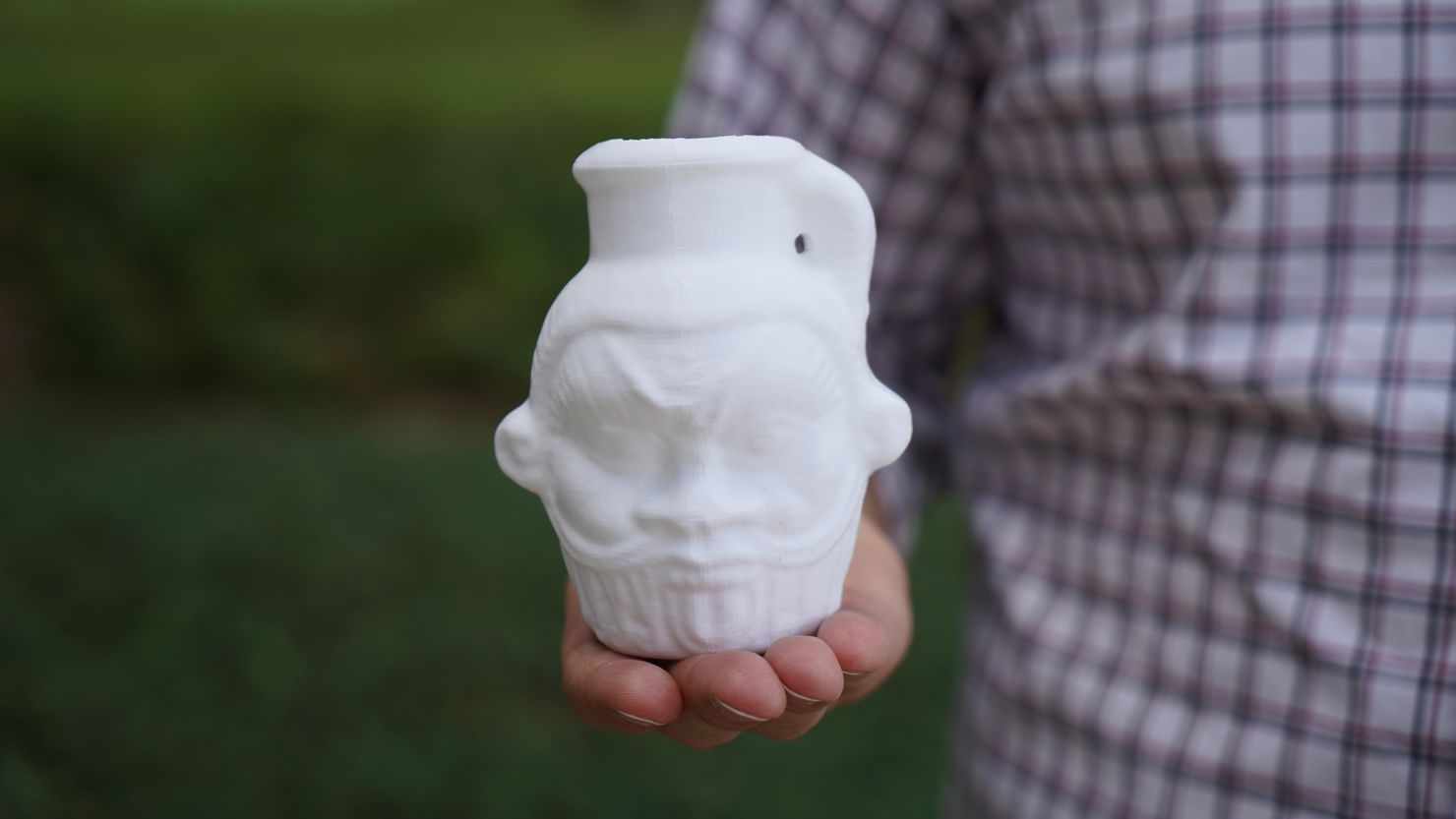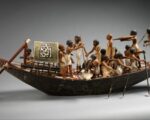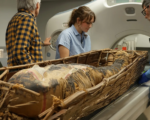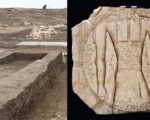A groundbreaking discovery has been made regarding an ancient Egyptian vase, which has revealed surprising evidence of hallucinogenic rituals. The vase, dating back 2,200 years, features a depiction of Bes, a dwarf deity commonly associated with childbirth and joy. According to a recent study published in Scientific Reports on November 13, the vase was likely used in religious ceremonies to recreate a myth involving the calming of the sky goddess. The vessel, now housed in the Tampa Museum of Art, was subjected to cutting-edge chemical analyses, including DNA extraction and infrared spectroscopy, which unveiled intriguing traces of psychotropic substances.
Chemical analysis of the vase’s contents showed traces of wild rue, Egyptian lotus, and Cleome plant—each of which is known to have mind-altering effects. These findings suggest the vessel was used to prepare a hallucinogenic beverage. Additionally, common food ingredients such as sesame seeds, pine nuts, and grapes were found, which researchers believe could have been intentionally added to mimic the appearance of blood. Further analysis also uncovered traces of human saliva and blood, which may indicate that the drink was consumed during ritualistic practices. The evidence strongly suggests the beverage was part of reenactments of the “Myth of the Solar Eye,” in which Bes pacifies the bloodthirsty goddess Hathor using a blood-like concoction.
The vase’s role may extend beyond the ritualistic. Researchers speculate that it could have been used in oracular practices tied to the cult of Bes, particularly in the Bes-Chambers at Saqqara, where individuals sought prophetic visions. The beverage may have played a key role in inducing trance-like states, allowing for dream interpretations that were believed to predict future events. Branko van Oppen, a curator at the Tampa Museum of Art and co-author of the study, suggests that the combination of ingredients found in the vase could also have been used in childbirth-related rituals, potentially even for predicting pregnancy outcomes.
This remarkable find opens a new window into understanding ancient Egyptian spiritual practices. It underscores how religious rituals were deeply intertwined with both symbolic storytelling and the use of psychoactive substances, offering a richer understanding of the ancient world’s relationship with the divine, the supernatural, and human consciousness.














